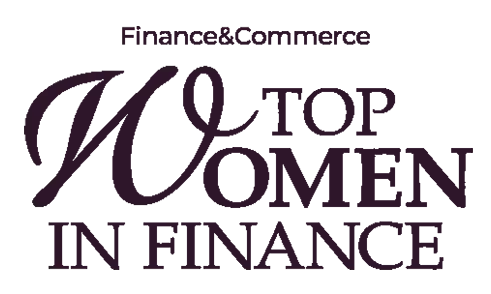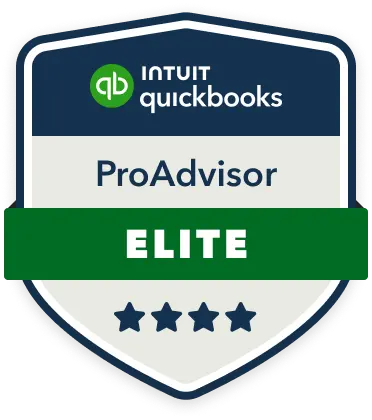Managing Receivables
To be successful in business you must be paid in a timely manner. If you’re like most businesses, you sell on credit, asking your customer to pay an invoice within a set time, like 30 days. During those 30 days you are essentially lending money to your customer, with the expectation that you will be paid back. It is only when that invoice is paid that you have the cash you need to run your business.
Unfortunately, getting the money you’re owed isn’t always as easy as just sending an invoice. Almost all businesses have customers who are slow-paying or don’t pay at all. If you’re not proactive in managing your receivables you can quickly deplete your cash. Here are some of the best practices you can implement to protect your company from late payments and delinquent accounts.
Best Practices For Managing Receivables
Make sure your customers are creditworthy. Perform credit checks and require credit applications to be completed before accepting orders. If the purchase amount is large enough, you can even ask for and review financial statements. Set credit limits and enforce them.
Run aging reports and review them often. These reports help you understand the makeup of your accounts receivable balance, showing which invoices are less than 30 days old, 30 to 60 days, 60 to 90 days, and so on. Make sure you or your staff knows how to interpret the reports to spot problems early on, and assign someone to follow up promptly with late payers. The older invoices get, the more difficult they are to collect.
Mail invoices promptly. The sooner you get invoices out, the sooner payments will come in. Also make sure that your bills are clear, accurate, and detailed. The more details you include on the bill, the harder it will be for the customer to dispute your charges.
Use rewards and penalties. Consider including an incentive for prompt payment, such as offering payment terms that provide a 2% discount for payment within 10 days. Your pricing schedule could also include a penalty fee for late payments. Be sure to stay within the limits set by law.
Pace your growth. A significant increase in sales can have a huge impact on your company’s receivables and cash needs. Tap into the advice of a seasoned financial professional to develop a strategy for growth. Options to consider might include additional financing, a line of credit at the bank, or price adjustments. You may need to sacrifice some growth to ensure you don’t outpace your ability to pay your bills.
How to Manage Accounts Receivables
Successful companies continually seek new ways to improve their accounts receivable function because they know that improving the process can lead to significant financial gain. Fewer outstanding account balances mean fewer bad-debt write-offs and enhanced profitability. And a well-managed portfolio of receivables can boost cash flow and expand working capital.
One of the best ways to gain a macro view of your business is through SG&A Reporting.
If you’re looking for a trustworthy bookkeeper or accountant, contact us today to learn how OWL can help you.

Learn More About How OWL Can Help You
Bookkeeping
Whether you need help with accounts payable, payroll or your monthly close, our accountants ensure these critical tasks are completed accurately and on time so that you have no business disruptions.
Accounting
When your books are up to date, you can respond to opportunities and challenges quickly. Accurate, bank-ready financials allow you to make better decisions for your company.
Financial Planning
Gain access to powerful insight typically only available to companies that employ a full-time controller or CFO. Leverage their expertise when you need it, without adding to your payroll.
Freedom to Focus on Your Business
Our Partner Organizations →

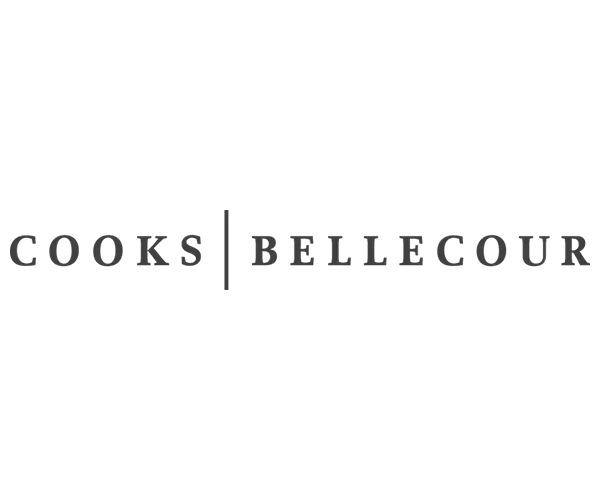



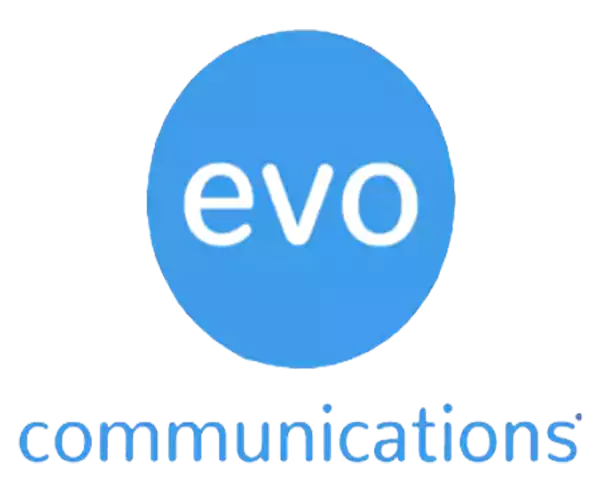
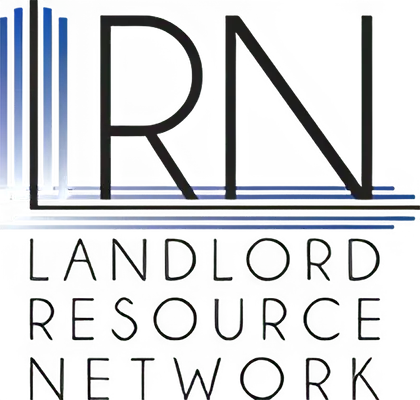







Get the Full View of Your Business Financials
Just like an owl can turn their head 270 degrees to see the whole landscape, Owl Bookkeeping and CFO Services can help you see your full financial picture.
Call us today: (612) 816-6007

